Finding the perfect foundation shade can be a game-changer for your makeup routine, giving you a flawless and natural look. With so many options available, it can be overwhelming to choose the right one. In this article, we’ll share practical tips to help you find your ideal foundation shade, ensuring a seamless match for your skin tone and type.
Know Your Undertone

Understanding your skin’s undertone is crucial for finding a foundation that blends seamlessly. Undertones fall into three categories: cool, warm, and neutral. Cool undertones have hints of blue or pink, warm undertones have yellow or golden hues, and neutral undertones are a mix of both. Identifying your undertone helps narrow down your choices, ensuring that the foundation enhances your natural complexion rather than clashing with it.
Test in Natural Light

Always test foundation shades in natural light to see how they truly look on your skin. Artificial lighting can alter the appearance of the color, making it look different than it would in daylight. Natural light gives a true representation, helping you avoid foundations that might appear too dark or too light once you step outside.
Swatch Multiple Shades
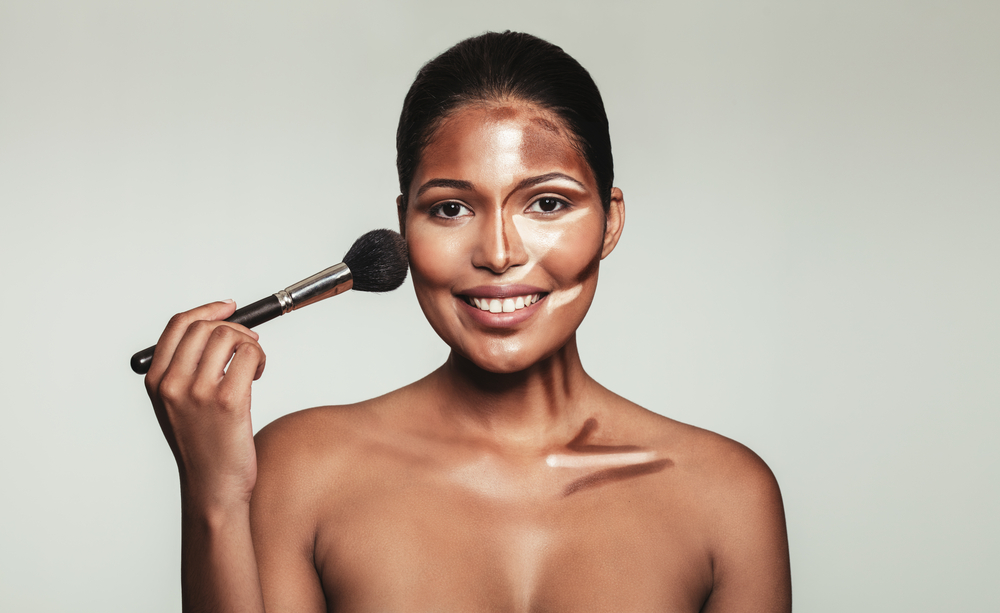
When shopping for foundation, swatch multiple shades on your jawline to find the best match. The jawline is the perfect spot because it helps you compare how the foundation blends with both your face and neck, ensuring a seamless look. Apply three to four shades and choose the one that disappears into your skin.
Let It Set

Foundation can oxidize and change color slightly after application. Allow the swatches to set on your skin for a few minutes to see their true color. This step prevents you from choosing a shade that may initially look perfect but darkens or lightens over time.
Consider Your Skin Type
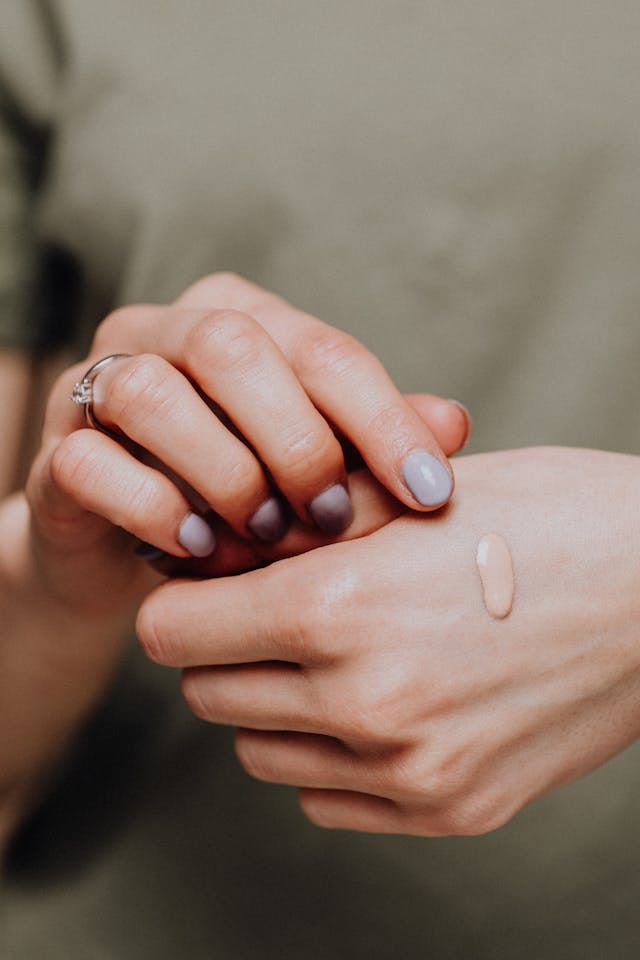
Your skin type plays a significant role in choosing the right foundation. For oily skin, opt for a matte or oil-free formula to control shine. For dry skin, choose a hydrating or luminous foundation to provide moisture and a dewy finish. Combination skin benefits from a foundation that balances both needs.
Match to Your Neck

Matching your foundation to your neck ensures a more natural and consistent look. This prevents the common issue of having a face that is a different shade from your neck, which can look unnatural. A seamless transition from face to neck creates a cohesive and polished appearance.
Use a Foundation Finder Tool
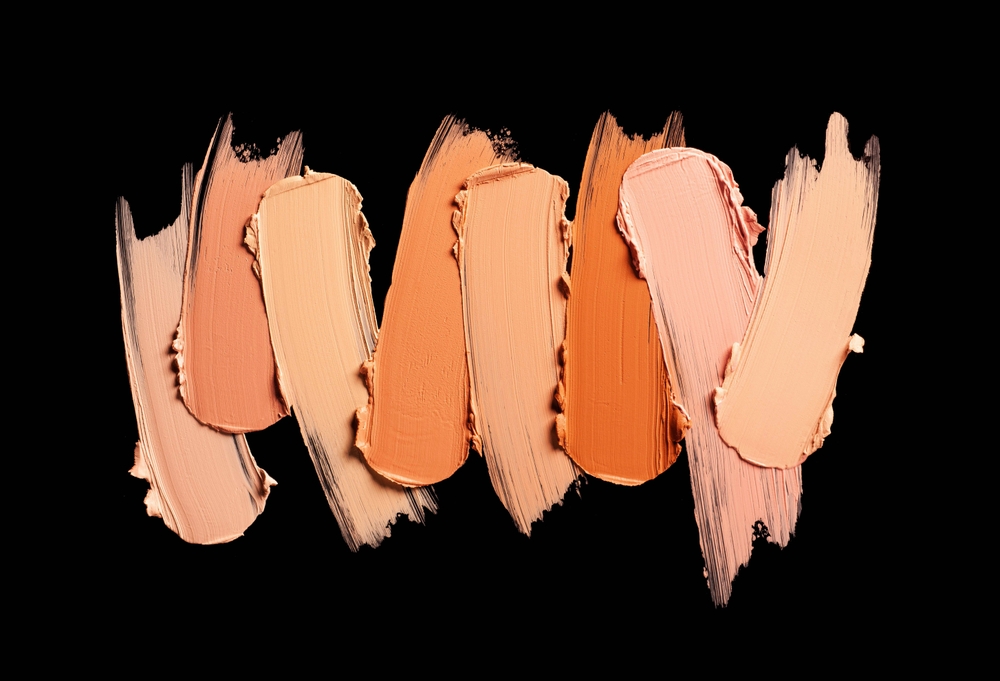
Many brands offer online foundation finder tools that help you identify your perfect shade based on your current foundation or skin tone. These tools use advanced algorithms and user feedback to recommend the closest match, making the selection process easier and more accurate.
Get a Sample
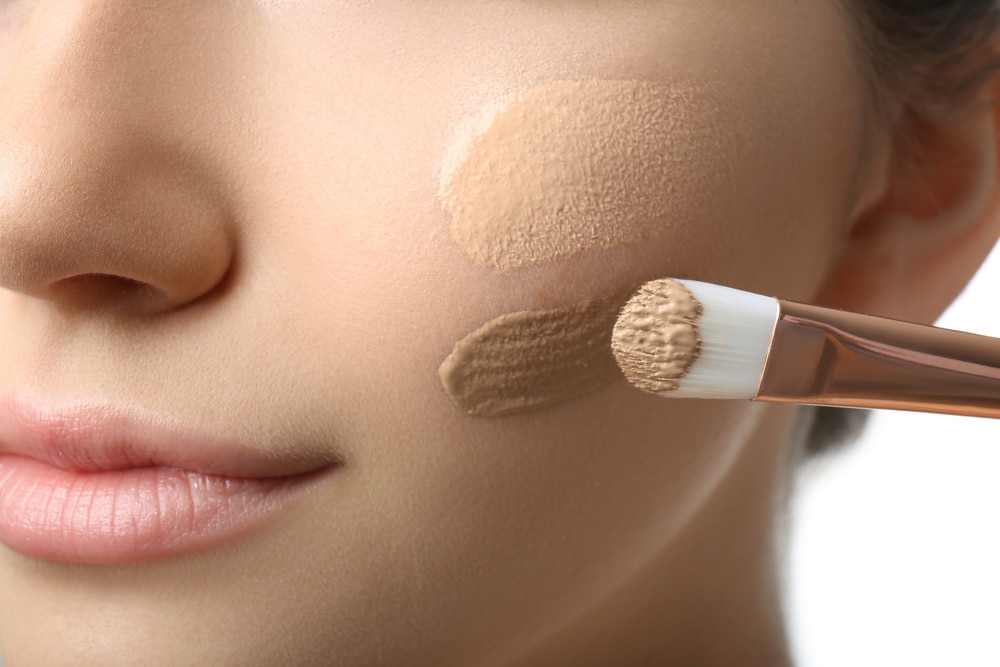
If possible, get a sample of the foundation before committing to a full-size bottle. Testing a sample at home allows you to see how the product wears throughout the day and how it reacts with your skin. This way, you can ensure it provides the desired coverage, finish, and longevity.
Consult a Professional

Visiting a beauty counter or consulting with a makeup artist can provide personalized advice. Professionals have extensive knowledge of different brands and formulas and can recommend the best options for your skin type and tone. They can also apply the foundation for you to see the results firsthand.
Consider Seasonal Changes

Your skin tone can change with the seasons, becoming darker in the summer and lighter in the winter. It’s beneficial to have two foundation shades to accommodate these changes. Mixing these shades can also help you achieve the perfect match throughout the year.
Check the Ingredients

Ingredients matter, especially if you have sensitive skin or allergies. Look for foundations with skin-friendly ingredients that suit your skin type. Avoid harsh chemicals, fragrances, and alcohol if you have sensitive skin, and seek out formulas with added skincare benefits like SPF or antioxidants.
Think About Coverage
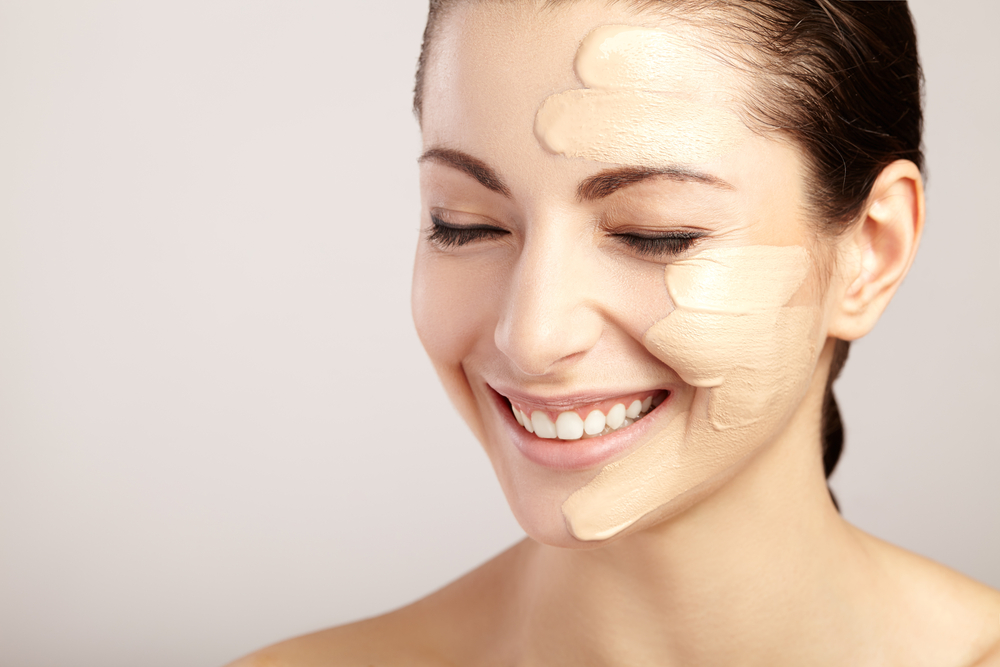
Foundations come in various coverage levels, from sheer to full. Determine your coverage preference based on your skin needs and personal style. Sheer coverage is ideal for a natural, everyday look, while full coverage is great for special occasions or concealing blemishes and imperfections.
Test for Oxidation

Oxidation can cause foundation to darken after application. To test for this, apply a small amount of foundation on your skin and wait 10-15 minutes. Check if the color changes. Choosing a slightly lighter shade can compensate for any oxidation, ensuring the foundation remains a perfect match.
Use the Right Tools
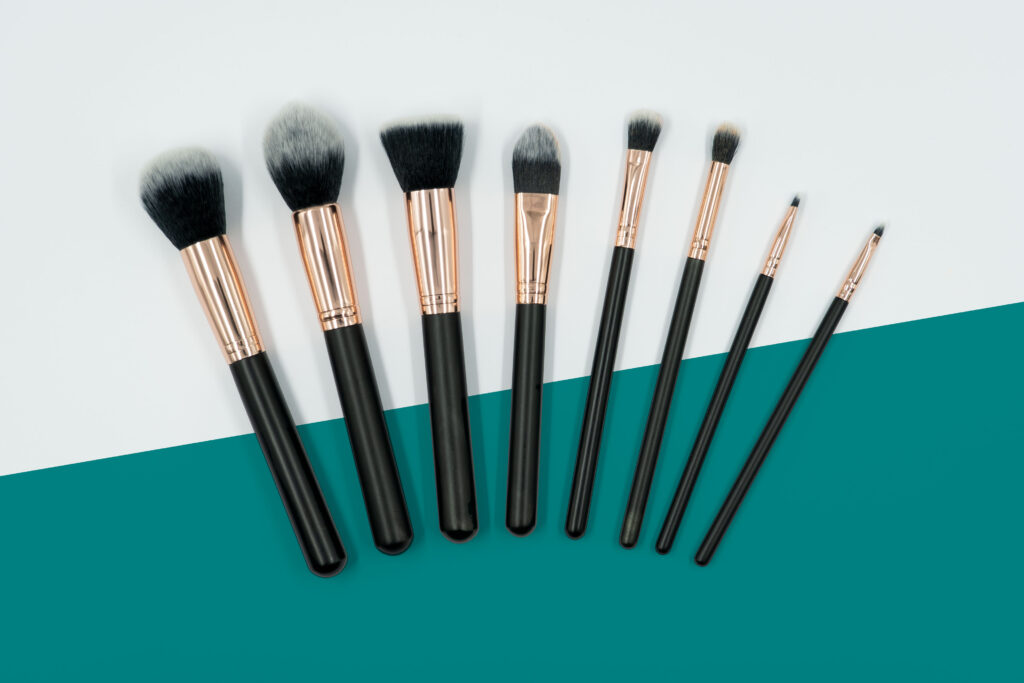
The application tools you use can affect how the foundation looks on your skin. Brushes, sponges, and fingertips each provide different finishes. Experiment with different tools to see which one gives you the most natural and even coverage. Brushes offer precision, sponges blend seamlessly, and fingertips provide a warm, melted-in look.
Hydrate Your Skin

Properly hydrated skin ensures that the foundation applies smoothly and evenly. Use a good moisturizer and primer before applying foundation. This step prevents the foundation from clinging to dry patches or settling into fine lines, resulting in a flawless finish.
Consider Flashback

Some foundations contain SPF or certain ingredients that can cause a white cast in flash photography. If you expect to be photographed, especially with flash, test the foundation with a flash photo beforehand. This ensures you won’t experience the dreaded flashback effect in pictures.
Know Your Preferences

Do you prefer a matte, dewy, or satin finish? Knowing your finish preference helps narrow down your choices. Matte foundations control oil and shine, dewy foundations give a radiant glow, and satin finishes offer a natural, skin-like appearance. Choose based on your skin type and desired look.
Read Reviews

Reading reviews from other users with similar skin tones and types can provide valuable insights. Reviews often highlight pros and cons that may not be immediately obvious, helping you make an informed decision. Look for reviews that mention long-term wear, color accuracy, and skin reactions.
Blend and Check
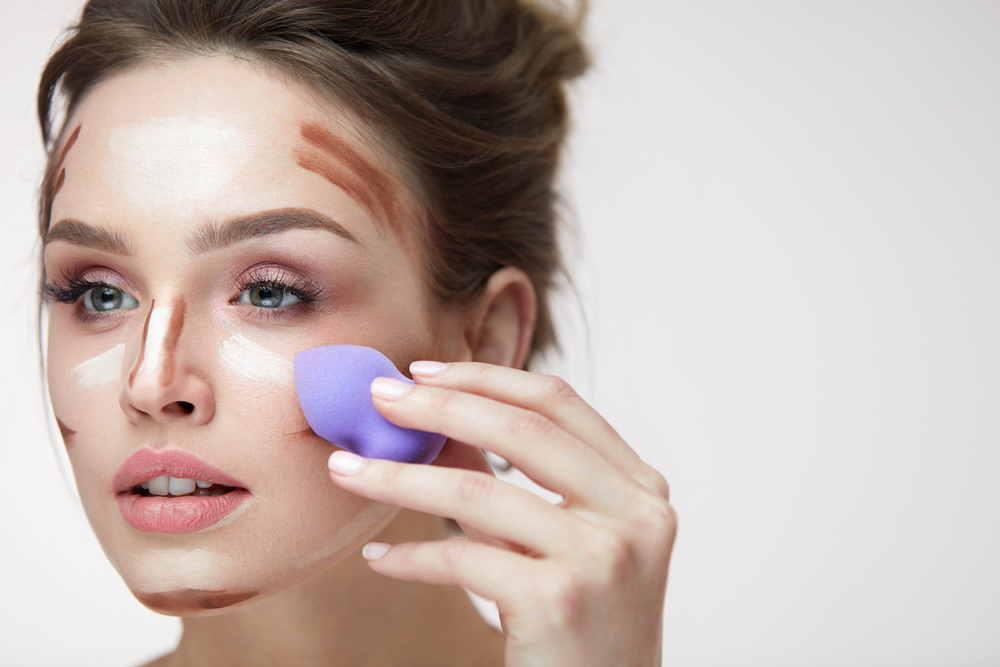
After applying foundation, blend it well into your skin and check it under different lighting conditions. Use mirrors in natural light, indoor light, and even low light to ensure the shade looks consistent everywhere. This comprehensive check helps you avoid surprises and ensures a flawless look in any setting.
Update Your Shade Regularly

Your skin tone can change over time due to various factors like aging, sun exposure, and lifestyle changes. Regularly reassess your foundation shade to ensure it still matches your current skin tone. Updating your shade as needed keeps your makeup looking fresh and natural.
This article originally appeared on UnifyCosmos.
More from UnifyCosmos
20 Poetry Collections That Belong on Every Bookshelf

Poetry is like a secret garden where every flower tells a story, whispering secrets about love, pain, joy, and everything in between. For those who love to explore the wonders of words, discovering a good book of poems is like finding a new friend who speaks the language of your heart. Read More
17 Popular Facts That Just Aren`t True

In a landscape crowded with misinformation, certain widely believed “facts” crumble under scrutiny. This article exposes 17 such misconceptions, revealing the truth behind these commonly accepted notions. Read More
24 Distinctive Cheeses and the Best Pairings for Each

Cheese lovers know that the right pairing can elevate the flavors and create a delightful tasting experience. Whether you’re a seasoned cheese connoisseur or just starting to explore the world of cheese, finding the perfect match for your favorite varieties can be both fun and rewarding. Read More
Leave a Reply